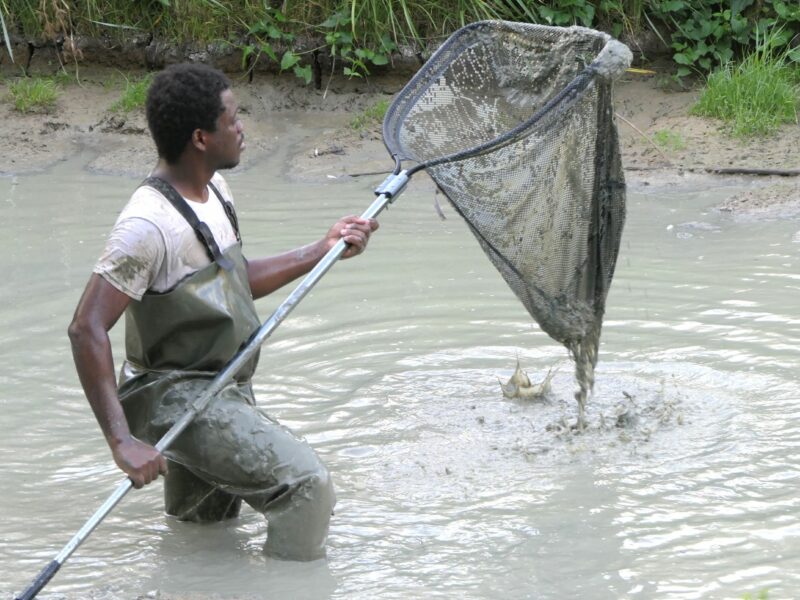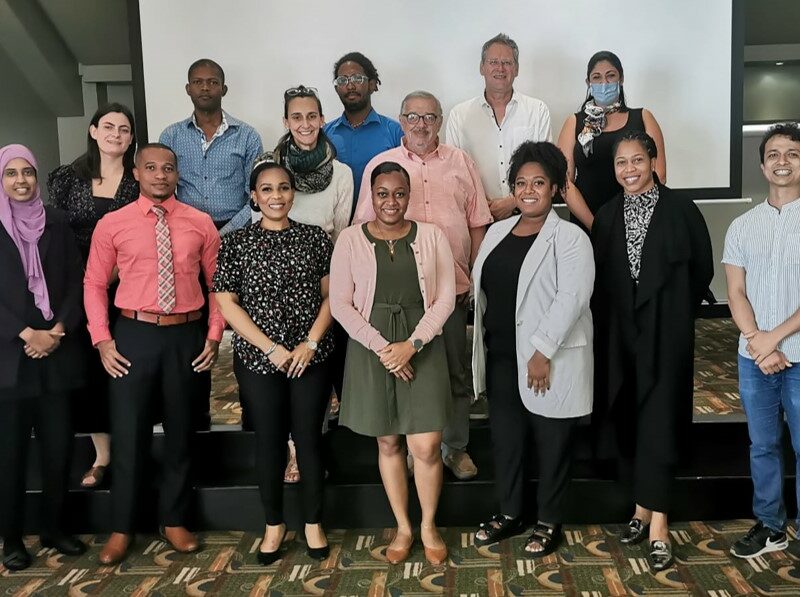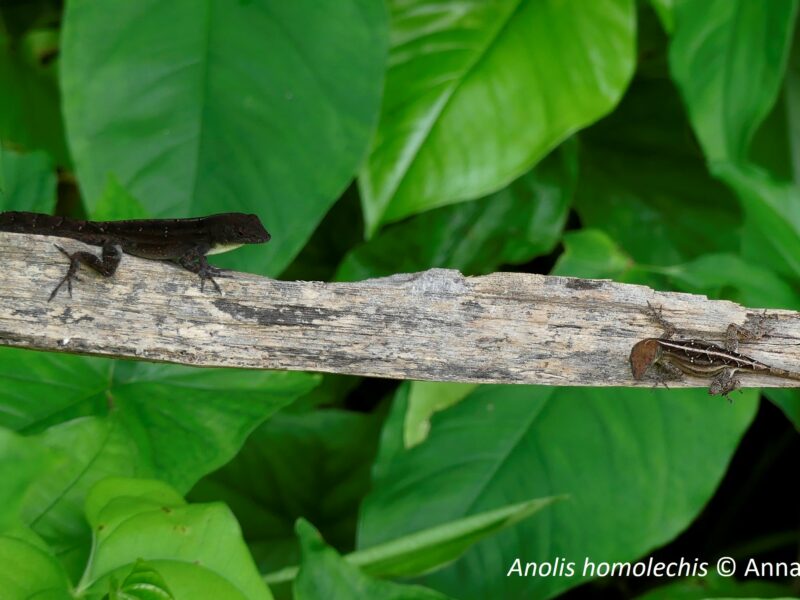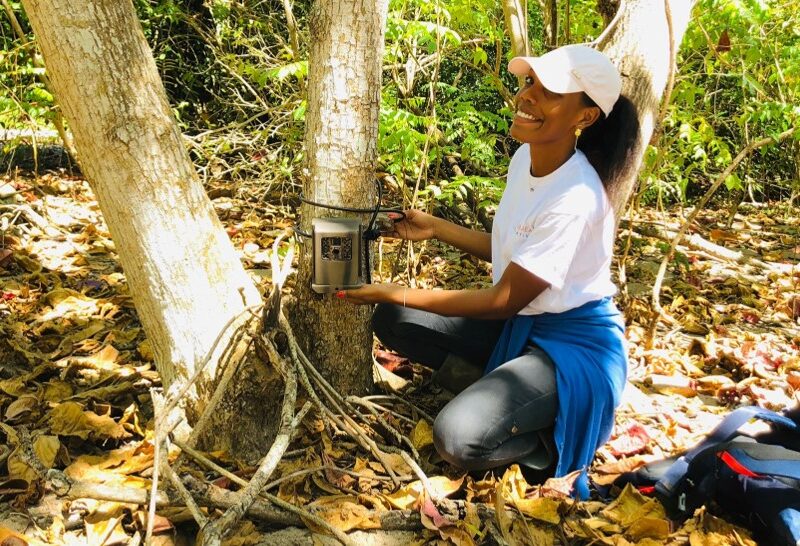-

Martinique: a three-week mission to study freshwater turtles
on 25 July 2022Continue readingFreshwater turtles may seem harmless, but some species are nonetheless invasive and potentially dangerous for local biodiversity. This is the case for two species in the West Indies: the Antillean slider (Trachemys stejnegeri), native to Puerto Rico, and the Yellow-bellied slider turtle (Trachemys scripta), native to the United States. To better understand the demographic parameters and ecological habits of…
-

Environmental diplomacy: a training provided to young Caribbean diplomats
on 18 July 2022Continue readingThe insular Caribbean is one of the most important biodiversity hotspots on the planet, home to a variety of flora and fauna, many of which are endemic. This biodiversity is exposed to many threats, such as climate change, deforestation, or the anthropization of natural environments. The preservation of this natural heritage is linked to global geopolitical issues. To assert…
-

In Cuba, anoles living in suburban habitats differ from those from natural forests
on 12 July 2022Urbanization is a growing phenomenon, with many consequences on animal species. In Cuba, the lizard Anolis homolechis, endemic to the island, is found in both natural and suburban environments. A comparison between these two habitats, however, shows variations in the lizard populations. Continue reading
-

Camera-traps to spy on columbid birds
on 4 July 2022Continue readingPigeons and doves play a crucial role in the dynamics and diversity of many ecosystems, thanks to their ability to disperse seeds. Their decline could therefore affect other species, including both animals and plants. In the insular Caribbean, data on columbid species are still scarce. In a recent study, camera-traps were used to learn more about three avian species.…
Latest news
- Soundscapes reveal new clues about a Critically Endangered Cuban frog 28 July 2025
- Caribbean biodiversity in the spotlight in Martinique: highlights from the 5th Caribaea Initiative scientific conference 30 June 2025
- Caribaea Initiative awarded at the Stars of Europe ceremony in Guadeloupe 31 May 2025
- Urban and forest lizards in Cuba: Shedding new light on their differences 7 April 2025
- CIMBA project: A successful launch event in Guadeloupe 20 February 2025
